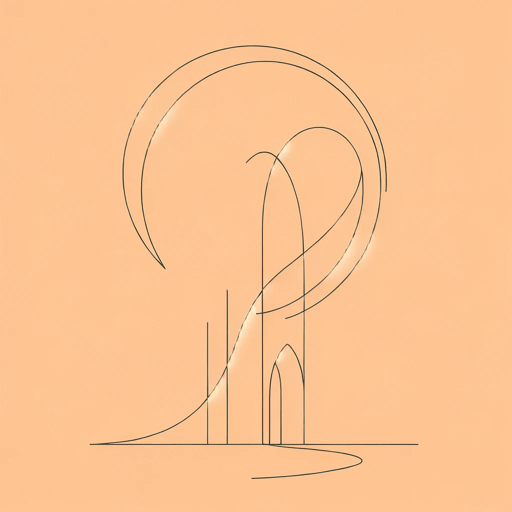17 pages • 34 minutes read
William BlakeThe Garden of Love
Fiction | Poem | Adult | Published in 1794A modern alternative to SparkNotes and CliffsNotes, SuperSummary offers high-quality Study Guides with detailed chapter summaries and analysis of major themes, characters, and more.
Symbols & Motifs
The Garden
The Garden is the dominant image in the poem and the setting for all the events. The image evokes two gardens in the Christian Old Testament. One is the Garden of Eden, where Adam and Eve loved without shame and self-consciousness, innocent and uninhibited. Such is the play of the children in the speaker’s childhood. When the speaker rediscovers the garden, it is in the state similar to Eden after the Fall, with the corresponding repression and prohibition. A second garden in The Old Testament is found in the Song of Songs or Song of Solomon. In this poem, garden imagery is used as a metaphor for sexual enjoyment. Modern Christian interpretations of the poem, however, reframe the erotic as spiritual, and therefore devalue the importance of sexual expression.
The flowers in the garden are also symbolic, as a representation of nature and its beauty. They contrast strongly with the man-made chapel, the physical expression of the unnatural laws and dictates created by the Church to contain and limit human expression. There are no longer flowers to be found in the garden, as they have been replaced by tombstones and graves.
Related Titles
By William Blake
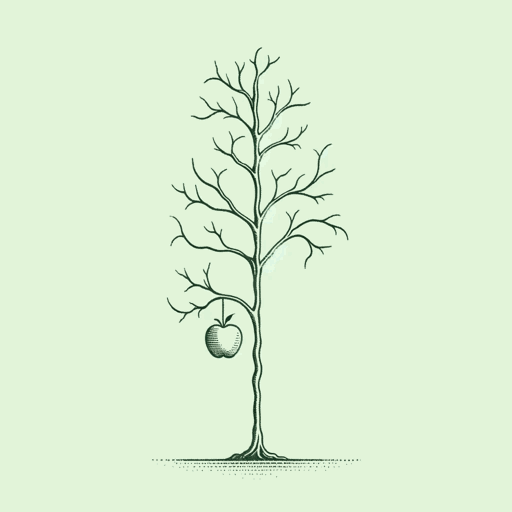
A Poison Tree
William Blake
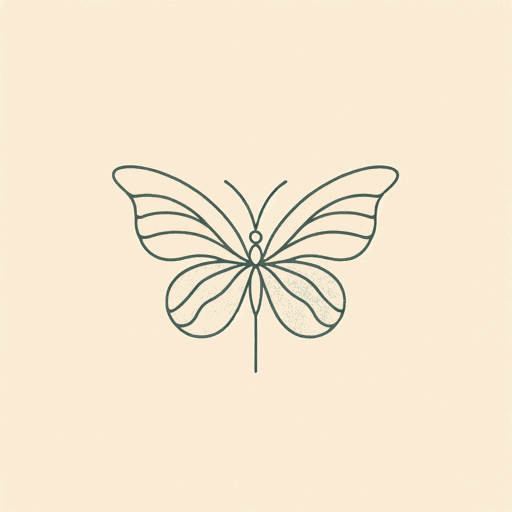
Auguries of Innocence
William Blake
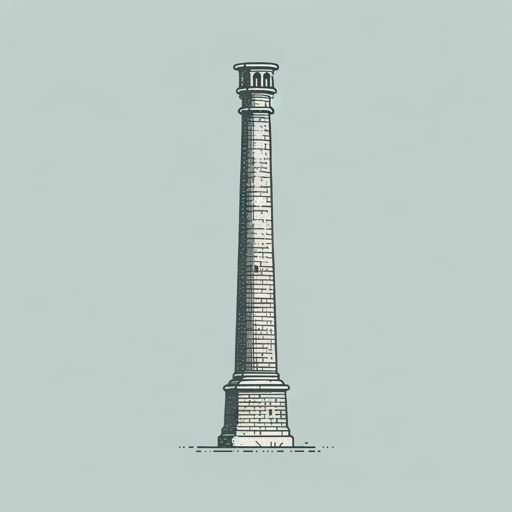
London
William Blake

Night
William Blake

Songs of Innocence and of Experience
William Blake
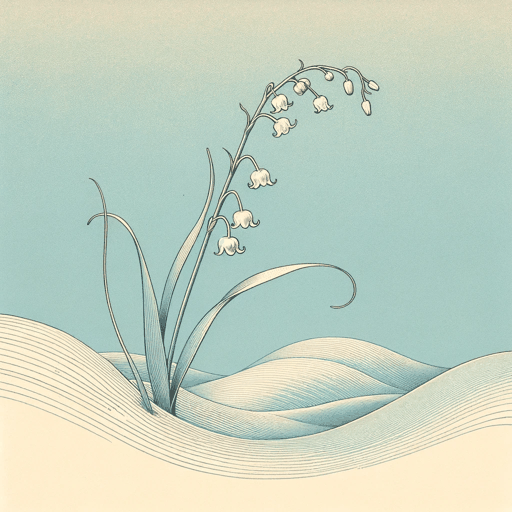
The Book of Thel
William Blake

The Chimney Sweeper
William Blake
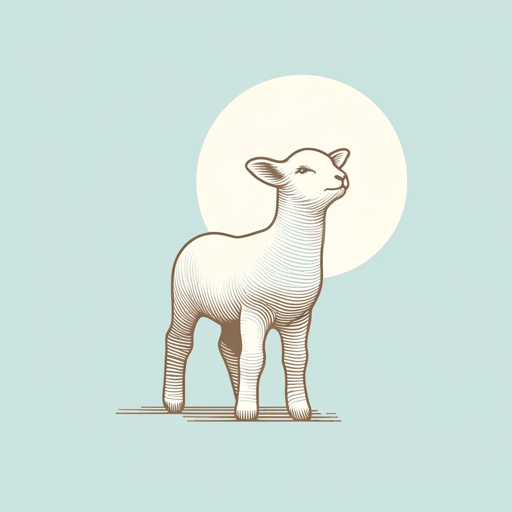
The Lamb
William Blake

The Little Boy Found
William Blake
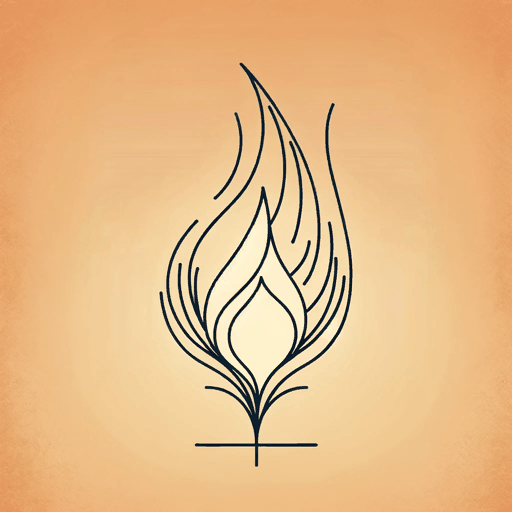
The Marriage of Heaven and Hell
William Blake
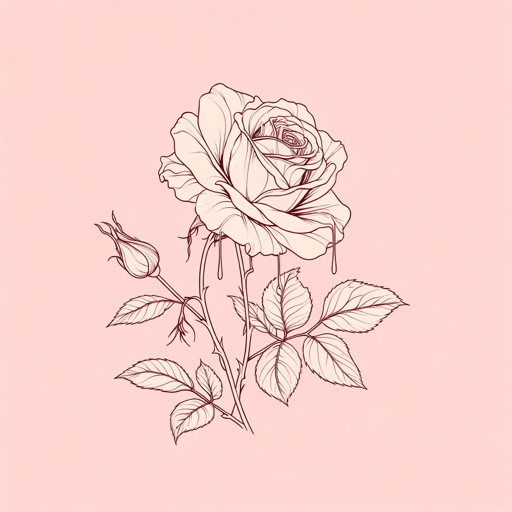
The Sick Rose
William Blake

The Tyger
William Blake
Featured Collections
Appearance Versus Reality
View Collection
Challenging Authority
View Collection
Good & Evil
View Collection
Grief
View Collection
Guilt
View Collection
Loyalty & Betrayal
View Collection
Memory
View Collection
Nostalgic Poems
View Collection
Poems of Conflict
View Collection
Power
View Collection
Religion & Spirituality
View Collection
Short Poems
View Collection
